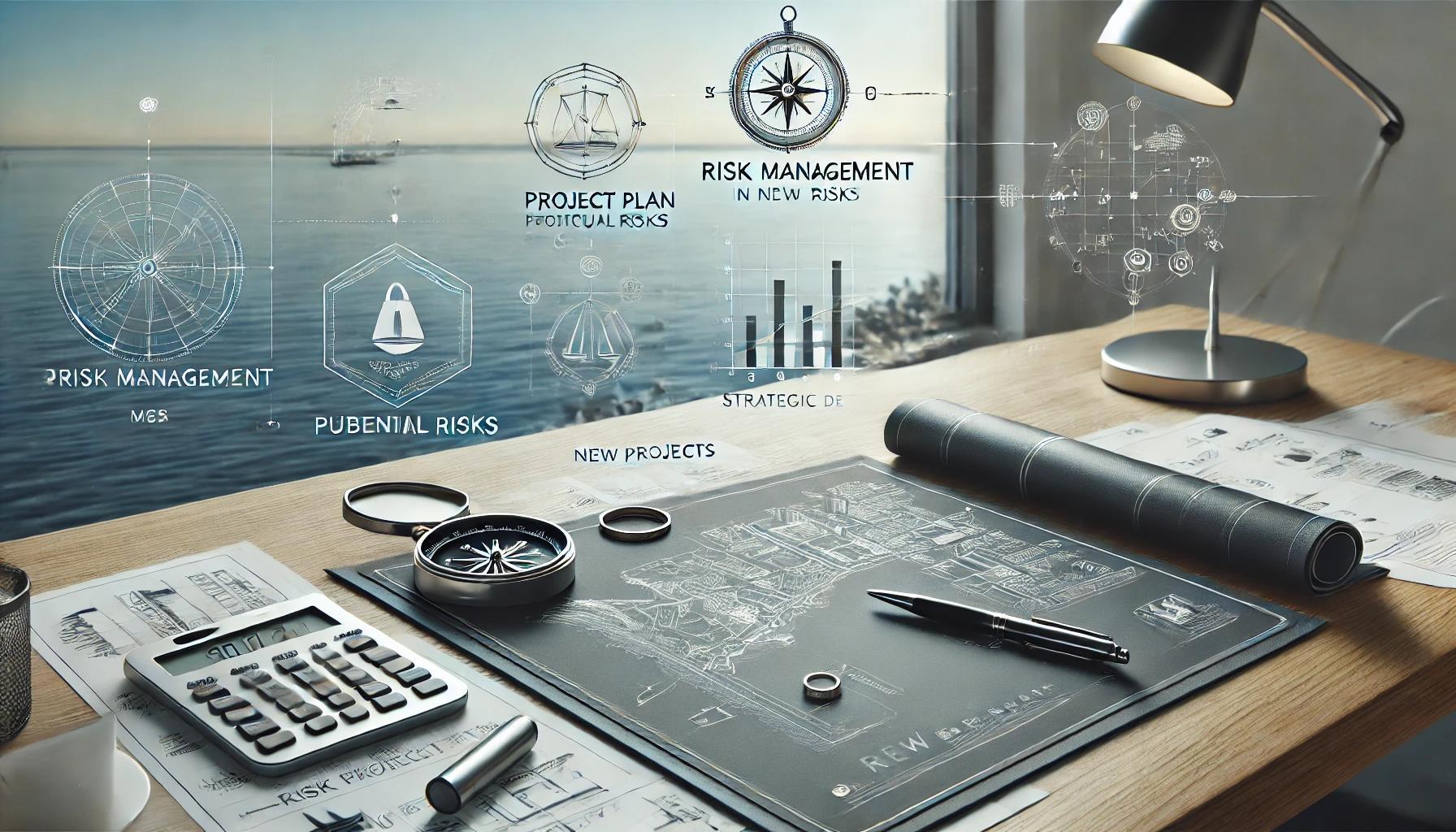There is not much time left until 25 September. It is on this date that the Act on the Protection of Whistleblowers will take effect. This regulation aims to increase transparency and accountability in private and public companies.
We reported on the details of the new legislation in our July article (read here). We now take a look at the system of internal reporting regulations and the benefits for companies of implementing them.
Introduction and purpose of the rules
A whistleblower is a person who reports violations of the law that have occurred in connection with his or her work.
The new regulations are intended to provide protection for any whistleblower. The whistleblowing regulations are a key document that aims to create a secure and confidential channel for employees to report violations of the law. It is mandatory for entities with at least 50 employees, but smaller companies can also implement it, which is highly recommended.
Process for drawing up the regulations
The bylaws should be drafted after consultation with the company’s trade union or employee representatives and their provisions become effective 7 days after they are made public.
The document should clearly specify, among other things:
- who is responsible for receiving notifications,
- what forms the report take (written, oral, telephone, etc.),
- whether anonymous reports are accepted,
- who follows up on the report, including internal verification of the report,
- what is the post-notification procedure.
Implementation of the rules
The rules and regulations should be clear and understandable to all employees and colleagues. Regular training and information on the procedures will also certainly be very important for the effective functioning of the notification system. In turn, monitoring and updating the bylaws will ensure that they are in line with current legislation and effective in practice.
Benefits of implementing internal notification procedures
Implementing internal reporting procedures offers numerous benefits to businesses, both legally and in terms of image. First and foremost, creating a secure channel for reporting legal violations allows for early detection and resolution of potential problems before they escalate into major legal or employer reputation crises.
Additionally, businesses that implement such procedures gain a tool for effective risk management, which can reduce financial and operational losses related to irregularities.
From an image perspective, companies that actively promote transparency and accountability build trust among employees, customers and business partners alike. A company that is committed to ethical standards is seen as more credible and trustworthy. This, in turn, can attract better employees, business partners and customers who value integrity and transparency in their operations.
Summary
There is little time left to implement internal whistleblowing regulations, but it is worth carrying out the process thoughtfully, diligently and thoroughly. It is crucial to ensure the confidentiality and protection of whistleblowers’ personal data and to precisely define roles within our organization.
The creation of rules and regulations should include consultation with either trade unions or employee representatives and provide effective communication channels and legal support.
The implementation of the bylaws must be carefully planned, adapted to the specifics of the organization and, above all, in compliance with the applicable legislation.





